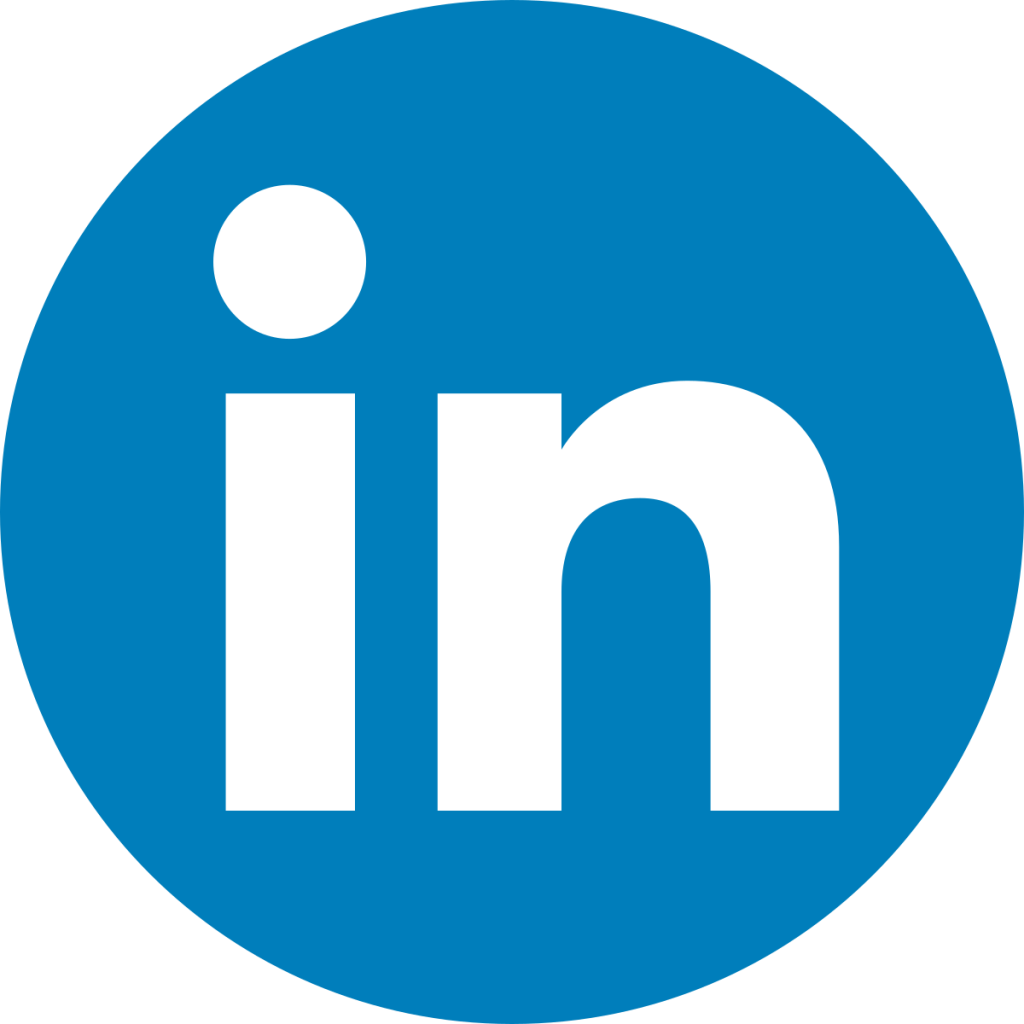Today’s top healthcare brokers are more than salespeople. Instead, they offer comprehensive healthcare solutions to their clients and strategic consulting services. When you offer cost containment, compliance, and employee engagement services along with health and benefit plans, your clients will consider you an invaluable part of their organization.
Keep reading to learn more about the changing roles of healthcare brokers.
Successful Brokers Are Repositioning Themselves as Strategic Consultants
The days of offering the same basic health plans each year are over. Increasingly, healthcare brokers are transitioning from a pure sales-based model to strategic planning for businesses. In many ways, this is comparable to the shift we’ve seen in the financial services industry: Your stockbroker is now your wealth management consultant.
While some brokers are just repackaging their old services, others are offering their clients innovative solutions for their benefits programs. Agile brokers are now offering help with ACA and ERISA compliance, employee engagement, and cost containment services. In fact, 83% of brokers polled in a 2017 survey report that their clients rely on them for help controlling their healthcare costs.
Businesses Increasingly Rely on Brokers for Help with Compliance and Cost Containment
The U.S. healthcare system is increasingly complex. Many employers don’t feel they have the skills and knowledge necessary to navigate ERISA, the ACA, and the rapidly-changing healthcare industry. As a healthcare broker, you are uniquely qualified to help.
You understand your clients’ needs and goals. You also understand the nuances of the healthcare system. As Open Enrollment approaches, ask yourself:
- Are you critically evaluating your clients’ current plans and their cost efficacy?
- When was the last time you discussed utilization rates and population health data with your clients?
- Can you improve your value proposition with employee engagement, compliance, and other valuable services?
- Would your clients save money with a high-performance or accountable care network?
- How well do your clients understand their healthcare costs?
Top Ways You Can Reduce Your Clients’ Healthcare Costs
Experts estimate healthcare spending will likely grow at an annual rate of more than 5% over the next decade. By 2026, we’ll spend roughly $5.7 trillion each year on healthcare. While health and wellness are a high priority for many businesses, these increasing costs are concerning.
Our healthcare system is rife with inefficiencies. A critical review of your clients’ health plans might help you identify cost-saving opportunities. Before Open Enrollment begins:
- Look at utilization rates: Every workforce has its own health and wellness issues. Look at the services your clients are actually using and search for trends and patterns. For example, a high rate of ER usage might suggest a need for improved access to care or education about lower-cost alternatives such as walk-in clinics and telemedicine.
- Explore new healthcare payment models: Fee-for-service and PPO payment models encourage healthcare inefficiencies. If your clients are using these older systems, they might consider adopting plans that encourage accountability, such as high-performance healthcare networks.
- Foster employee accountability: Today’s employees want more control and accountability for their health and wellness. Brokers can offer employee engagement services that educate and empower members with healthcare information. According to a 2017 broker survey, while 83% of brokers see a demand for employee engagement services, only 76% of brokers offer them.
- Advocate for healthcare transparency: Too many employers simply don’t understand their healthcare costs. Offer opportunities to increase your clients’ healthcare literacy during Open Enrollment and throughout the year. You should also recommend health plans and networks that value transparency and offer their members tools like cost estimators and deductible trackers.
When you improve your clients’ health plans and encourage healthcare accountability, everyone benefits. Businesses save money. Individuals get better health outcomes. And you strengthen your relationships with your clients.
References
Abutaleb, Y. (2018, February 14). U.S. healthcare spending to climb 5.3 percent in 2018: agency. Reuters. Retrieved from https://www.reuters.com/article/us-usa-healthcare-spending/us-healthcare-spending-to-climb-53-percent-in-2018-agency-idUSKCN1FY2ZD




